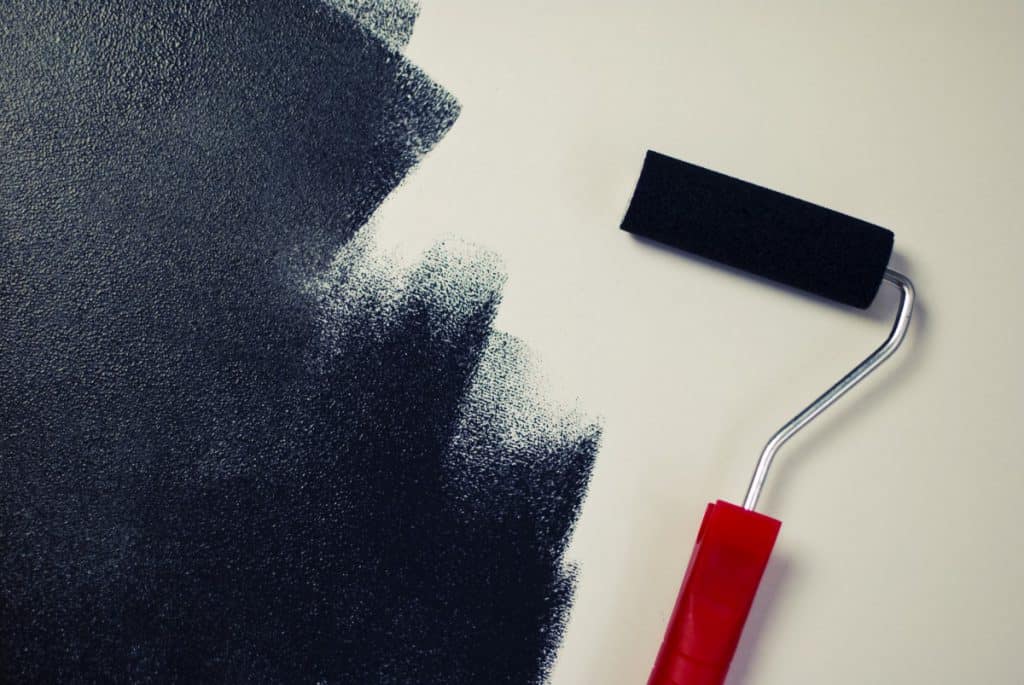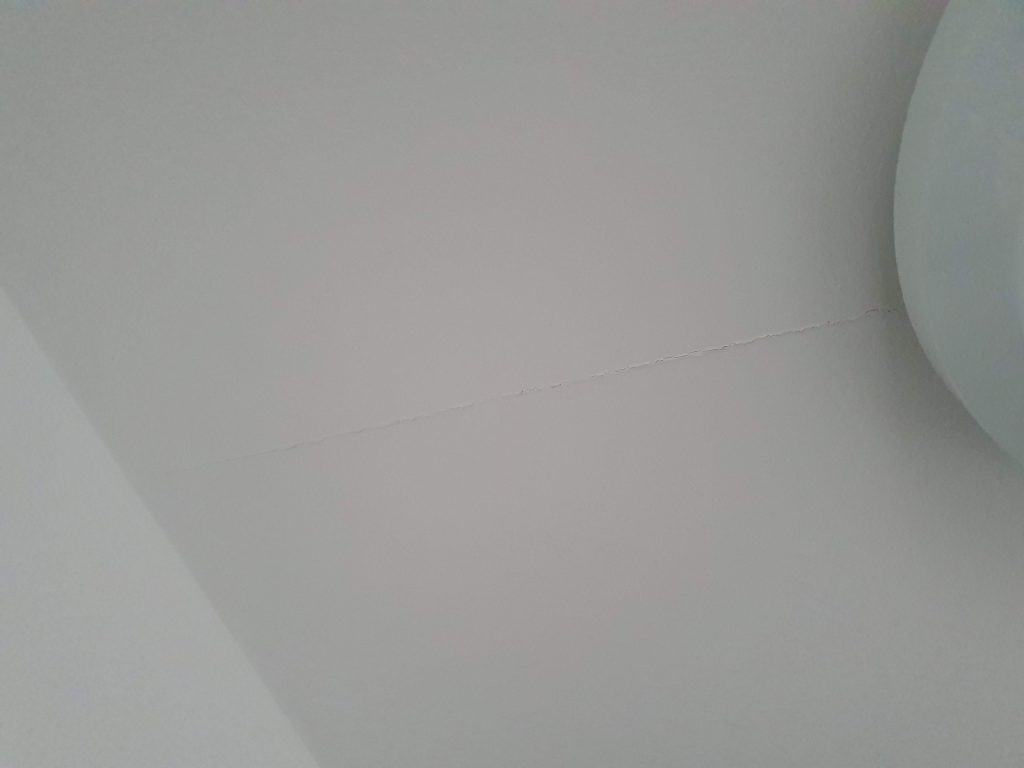When it comes to a new construction home, you might be tempted to start personalizing it. From hanging portraits and minimalistic wall décor all the way to painting the drywall a different color – you may want to do all that and more. However, is it a good idea?
Newly-built properties are the perfect canvas to let your imagination run wild and create your dream home. Many builders recommend that you don’t do that, else you’d void the warranty while interior designers themselves recommend that you wait.
You should usually wait 1-2 years before decorating your new construction home. This is because new houses need time to settle. Drywalls contract and shift slightly as that happens, while the concrete itself also snuggly fits in the foundations. It needs at least one (two recommended) weather cycles to find its place. But why?
Here, we’ll discuss the intricacies involved in the same, especially when it comes to painting your house or applying wallpaper.
Why Shouldn’t You Decorate Your New Construction Home Immediately

By default, you will get a house with builder’s white walls (or beige) – and it’s common to drown in all that white. After the post-construction cleaning of your new home, you’ll wait to decorate it. But why do you have to wait in the first place? Are you waiting for the concrete to dry?
No, quite the opposite, actually. You’re waiting for it to move; and not just concrete but you’re actually waiting for the whole house to ‘settle’.
New building material, such as your drywall, exterior bricks, foundation concrete, plaster, and even the timber frame itself are quite literally fresh.
Let’s take wood, for example. Trees are cut down and the timber is processed, waiting in a warehouse for transport. Your builder orders the same for your house and installs it immediately. So, before being put in your house, it might not have been exposed to the elements. It is common sense that wood expands and contracts as weather changes.
The timber, much like the rest of your new build’s material, needs to cycle through the four weathers at least once and make room for itself. The concrete poured into your walls and the plaster sealing everything may also not be completely dried out, depending on where your house is.
In colder climates, concrete and plaster take longer to dry out completely and when dried, they contract – albeit slightly.
But what would happen if you were to paint your house immediately after moving in? Would it come crashing down?
No, but you will start seeing cracks and nail pops as the house settles:


If you’ve already had professionals paint your house, you will find that pretty soon, you’re going to have to call them again. On the other hand, if you painted it yourself, keep some paint saved for when that happens. There will be a slight difference in the fresh and old coat of paint, though.
If you really can’t stand your white walls, you can paint them. Just make sure the paint you use is breathable, i.e., something like matt emulsion. Keep a window popped to ensure smooth airflow and facilitate the drying process.
What If I’m Using Wallpaper Instead of Paint?
Applying wallpaper on your drywall in the first year is usually a very bad idea. Like we mentioned above, if you are feeling really suffocated because of the white, use breathable paint – a light coat – until the four seasons pass. This is because matt emulsion can dry up fairly quickly (usually 1-2 hours) and the house settling process continues as if nothing happened.
Wallpaper, on the other hand, is the opposite of breathable. From the glue you use all the way to the paper itself, it inhibits airflow and can therefore severely impede the drying process. The ‘settling’ process isn’t exactly structural but only leads to hairline cracks and nail pops.
Under the wallpaper, you won’t be able to see any of that, which can invite more trouble for you in the near future.
There is a wide assortment of wallpapers out there, each ready to call your heart toward itself but if you ask us, we suggest that you stay as far away from wallpapers as you can for at least the first year. If possible, wait for two years before applying wallpaper.
How Long to Wait Before Tiling My New Construction Home Walls?
Tiling your new construction home walls is like wallpapering them with ceramic and has the same effect as wallpapers. It drastically slows down the drying process and because of the tiles’ own weight, chances are that even the smallest cracks will enlarge once they appear.
Having said that, there are flexible tile adhesive and grout options that you can go with, too, if you really must install tiles. Tiling will still reduce the drying speed, but the flexible grout and adhesive will ensure that as your house settles and shifts, it doesn’t end up breaking tiles or worsening cracks.
If you have never tiled a wall before, we recommend you don’t try it out on your new construction home.
What If My Walls Aren’t Made of Drywall?
There are numerous alternatives that you can ask your builder to use instead of drywall if you really need to decorate your walls early on, and one of the best alternatives is that of using concrete or brick and mortar walls.
While the cost of material is the same for drywalls and bricks, the latter takes longer to cure and install. Concrete is slightly expensive, but again, the longer curing process means that you’ll not only have to wait longer for your house, you will also have to pay more labor and material costs.
Having said that, these walls are plastered with concrete again after the wall has dried, and only after the concrete has dried does the paint go on it. Since concrete is exposed to the sunlight directly here, once the concrete is dry, you can do anything you want to it by the time you move in.
Lath and plaster is yet another material that dries up quickly and allows you to decorate your walls as soon as you move in.
Plastic panels are often preferred where there are high levels of moisture in the air and you need something that goes directly over the studs. These panels aren’t as sturdy as brick, concrete, lath, or plaster, but they can be decorated fairly easily and quickly.
These options may prove to be costlier than a drywall-based new construction home project, so if you’re on a budget, we recommend waiting. Instead of painting the wall, you can always window dress your home until the walls are ready.
